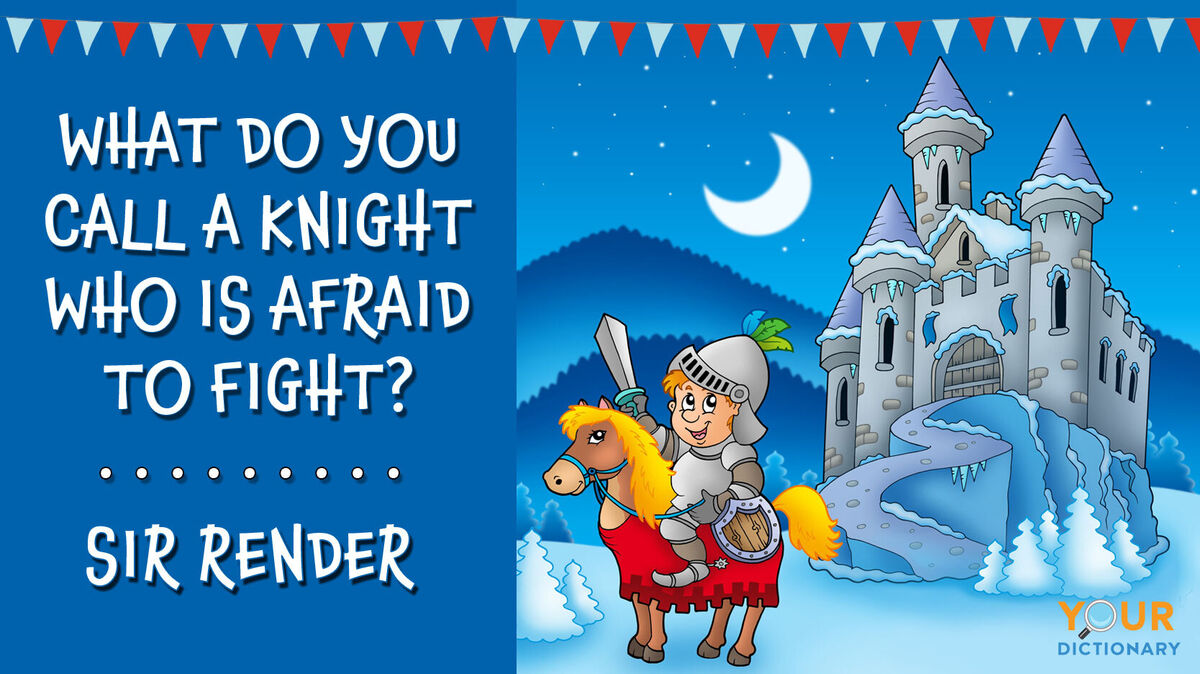
Puns represent a fascinating facet of linguistic creativity, where humor intertwines with language in delightful ways. They employ wordplay, exploiting multiple meanings or similar-sounding words, seamlessly merging wit and cleverness. In this exploration of 10 humorous examples of puns, we dive into various types of wordplay that illuminate the richness of the English language.
1. Homophonic Puns
Homophonic puns take advantage of words that sound alike but have different meanings. They often lead to humorous misunderstandings or delightful twists. For instance, consider the classic pun:
“Time flies like an arrow; fruit flies like a banana.”
This clever play on “flies” illustrates two unrelated concepts—the speed of time and the attraction of fruit to insects—while drawing a whimsical connection between them.
2. Homographic Puns
Homographic puns utilize words that are spelled the same but have different meanings. Such puns can induce laughter while simultaneously provoking thought. An example would be:
“When I heard the news, I couldn’t bear it.”
Here, the word “bear” suggests both the physical ability to endure and the image of the animal, creating a dual-layered impact that enhances the humor.
3. Compound Puns
Compound puns integrate two distinct puns into one coherent statement, magnifying the complexity of wordplay involved. An illustrative example is:
“A rubber band pistol was confiscated from algebra class because it was a weapon of math disruption.”
This pun cleverly intertwines the idea of a “weapon” in both a literal sense and a humorous academic context, providing a rich tapestry of wordplay.
4. Recursive Puns
Recursive puns delve deeper into a concept by building upon a prior pun. Such wordplay requires a keen understanding and appreciation of language. A classic recursive pun might be:
“I asked the librarian if the library had any books on paranoia. She whispered, ‘They’re right behind you.’”
The humor relies on the pun’s structure, employing both the fear associated with paranoia and the literal presence of books, creating an amusingly unsettling moment.
5. Visual Puns
Visual puns blend imagery with language, often presenting a clever visual interpretation of a phrase or concept. For example, a picture of a fish in a bow tie may come with the caption:
“The bass gets formal!”
This combines visual art with linguistic playfulness, sparking laughter through a playful association of a fish’s name and formal attire.
6. Spoonerisms
Spoonerisms involve the transposition of sounds or syllables between words. This delightful wordplay can evoke unexpected amusement. For example:
“You have hissed all my mystery lectures.”
By swapping initial consonants, the speaker transforms the mundane into the absurd, crafting a humorous reality where lectures become infused with unintended serpentine hiss.
7. Malapropisms
Malapropisms occur when similar-sounding words are incorrectly used in place of one another, often leading to a comedic result. A classic instance is:
“Texas has a lot of electrical votes.”
Here, the intended phrase could be “electoral votes,” but the substitution gives rise to a humorous and nonsensical image, showcasing the charming nature of language missteps.
8. Antiphrasis
Antiphrasis is the use of a word in a sense opposite to its literal meaning, often highlighting irony or humor. An illustrative example is:
“Oh, great! Another rainy day—just what I needed!”
The juxtaposition of disappointment with enthusiasm encapsulates the humor inherent in sarcasm, effectively employing wordplay to underscore a broader sentiment.
9. Portmanteau Puns
Portmanteau puns merge two words into a single entity, creating a new term that fuses both meanings. Consider the word:
“Brunch” for breakfast and lunch.
This clever combination not only denotes a specific meal but also injects a playful spirit into everyday dining, showcasing the innovative capacity of language.
10. Referential Puns
Referential puns draw connections to culture, media, or literature, often enhancing the humor through contextual depth. A quintessential example could be:
“I’d tell you a chemistry joke, but I know I wouldn’t get a reaction.”
This pun artfully merges scientific terminology with everyday humor, revealing layers that resonate with audiences familiar with the subject matter, thus enriching their experience.
In conclusion, the realm of puns is a vast and vibrant landscape, characterized by an array of wordplay techniques. From homophones to visual cues, each pun can evoke laughter, reflection, and appreciation for the art of language. By engaging with these examples, one can experience not merely the humor embedded within, but also the intricate playfulness that characterizes human expression through words. Embracing humor, especially in the form of puns, can enhance communication and build connections among diverse audiences, ultimately enriching our cultural tapestry.
